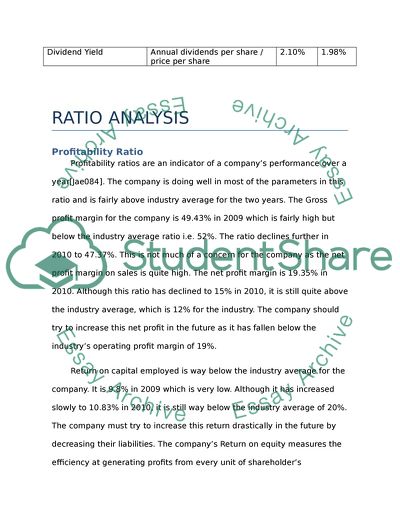Cite this document
(“Financial Reporting and Analysis Literature review”, n.d.)
Financial Reporting and Analysis Literature review. Retrieved from https://studentshare.org/finance-accounting/1587239-financial-reporting-and-analysis
Financial Reporting and Analysis Literature review. Retrieved from https://studentshare.org/finance-accounting/1587239-financial-reporting-and-analysis
(Financial Reporting and Analysis Literature Review)
Financial Reporting and Analysis Literature Review. https://studentshare.org/finance-accounting/1587239-financial-reporting-and-analysis.
Financial Reporting and Analysis Literature Review. https://studentshare.org/finance-accounting/1587239-financial-reporting-and-analysis.
“Financial Reporting and Analysis Literature Review”, n.d. https://studentshare.org/finance-accounting/1587239-financial-reporting-and-analysis.


